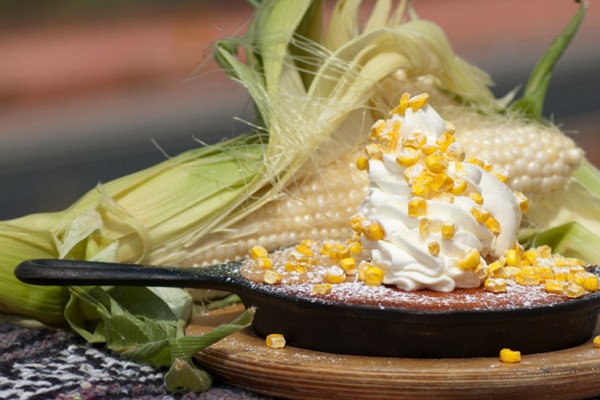Continued (page 4 of 4)
“We have a belief that if you leave a pot too long, it feels sorry for itself and breaks itself,” she says. “I was taught to bring a human element to my work. I don’t create pots for [tribal] dances because sometimes they are thrown and broken, and I can’t stand that. I treat my pots as children.”
Rainy fires her pottery using sheep dung – you won’t find any kilns on her land. The dung is used to build a beehive-shaped dome around the pottery, and the entire dome is set on fire. It basically takes all day to fire the pots, and if she hears a pop, she knows she has lost one. But the firing process isn’t the only painstaking part of the operation. The pots can dry too fast and crack, or the clay (which Rainy harvests from her family’s homestead near Awatovi several times each year) can become too dry while it’s being prepared. The paint soaks into the sandstone slip quickly, so if Rainy makes a mistake, she has to re-sand the pottery and apply the slip again (each of her pots has four layers of slip). She insists, though, that pottery doesn’t require patience.
“It’s dedication,” she says. Then she smiles widely. “When I sit and work on a pot, I think of world peace.”
Sedona Residents Lend a Hand on the Hopi Reservation
At least two Sedona nonprofits assist people living on the Hopi Indian Reservation, especially around the holidays. Sandra Cosentino started the Crossing Worlds Foundation 13 years ago. Throughout the year, Sandra and other volunteers travel to Hopi to help repair homes, harvest crops and provide donations. Crossing Worlds will be collecting donations in the form of cash, clothing, school supplies, learning games, sports equipment, household items and blankets in front of New Frontiers Natural Marketplace (1420 W. SR 89A in West Sedona) from noon until 4 p.m. on Dec. 17 and 18 (all items must be new). The donations will be taken to the reservation and distributed before Christmas. Cash donations will be used to purchase food, building supplies and support items for farming and ceremonies. Sandra says the items are distributed among six villages across all three mesas.
“The Hopi still have active prayer shrine sites here in the Verde Valley, including one at the Chapel of the Holy Cross,” says Sandra, who also leads tours on the reservation. “Their connection to our area goes back thousands of years, and this is a great way to honor that connection and heritage.”
Real estate broker Randy Crewse and his wife, Milton Crewse, started the Tewa Holiday Project six years ago as a way to help the elders of the Tewa Tribe living on First Mesa on the Hopi Indian Reservation. (The Tewa people fled New Mexico during the Pueblo Revolt of the late 1600s and settled on First Mesa.) According to Randy, the Tewa receive little financial support from the Hopi government. A group of up to 60 local residents will caravan up to First Mesa on Dec. 17 with baskets of food and gently used clothing and blankets for 75 Tewa elders. Because most of the elders live with extended family members, the donations are distributed throughout the tribe. Afterward, the volunteers will have the chance to explore Hopi.
“We’re talking about a third-world country right here in northern Arizona,” says Randy. “There isn’t much running water or sewer – these are tough conditions. And the people are very warm and hospitable and appreciative. It’s a great experience.”
Donations to both organizations are tax-deductible. Neither nonprofit has any religious affiliations. For more info on Crossing Worlds Foundation, visit www.crossingworlds.org or call 928-282-0846. For info on the Tewa Holiday Project, visit www.tewaholidayproject.org or call 928-300-7141.
MORE NATIVE AMERICAN ARTISTS: Navajo silversmiths, Hopi katsina carvers, Acoma potters, Navajo weavers, Zuni jewelers and a stone-fetish carver, Navajo sandpainters



